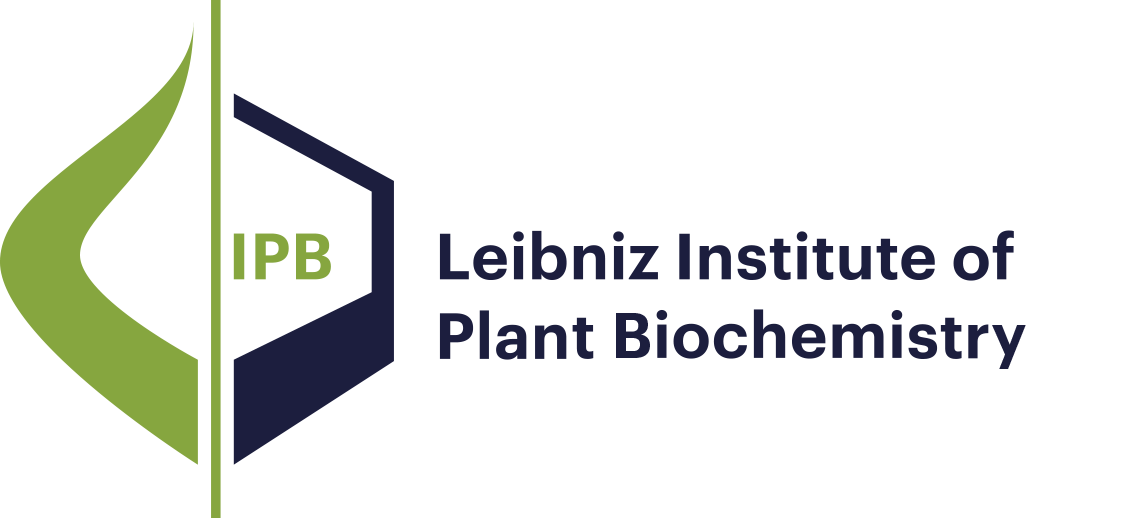- Results as:
- Print view
- Endnote (RIS)
- BibTeX
- Table: CSV | HTML
Publications
Publications
Research Mission and Profile
Molecular Signal Processing
Bioorganic Chemistry
Biochemistry of Plant Interactions
Cell and Metabolic Biology
Independent Junior Research Groups
Program Center MetaCom
Publications
Good Scientific Practice
Research Funding
Networks and Collaborative Projects
Symposia and Colloquia
Alumni Research Groups
Publications
The most efficient diversity generating approaches to heterocycles are combinations of a multicomponent (MCR) with a cyclization reaction, for example, by Ugi-deprotection-cylization (UDC) protocols. If the desired post-Ugi reaction requires more than one deprotection, for example of two initially protected Ugi-reactive groups, or if it requires additional activation, for example, by an Ugi-activation-cyclization (UAC), either the isolation of intermediates or a sequential process or both become necessary. A recently introduced convertible isonitrile reagent allows a mild and chemoselective in situ post-Ugi activation of the isonitrile-born carboxylate with simultaneous deprotection of the nucleophilic amine, that is, liberation and activation of two Ugi-reactive groups, if desired also under subsequent lactam formation. This is exemplified by the synthesis of peptide-peptoid diketopiperazines.
Publications
Infections with Phytophthora infestans, the causal agent of potato and tomato late blight disease, are difficult to control and can lead to considerable agricultural losses. Thus, the development of new effective agents against the pathogen is of great interest. In previous work, (E)-4-oxohexadec-2-enoic acid (3) was isolated from Hygrophorus eburneus, which exhibited fungicidal activity against Cladosporium cucumerinum. Here, the inhibitory effect of 3 on P. infestans spore germination and mycelium growth in vitro is demonstrated. The in vivo effect on infections of whole potato plants was investigated by spraying plants with the sodium salt of 3, sodium (2E)-4-oxohexadec-2-enoic acid (4), prior to P. infestans inoculation. Additionally, the influence of 3 on mycelium growth of Colletotrichum coccodes, the causal agent of potato black dot disease, was analyzed. In all approaches, a significant inhibition of pathogen development was achieved. Importantly, the unsaturated fatty acid exerted no toxic effect when sprayed on plants, a prerequisite for its commercial use.

